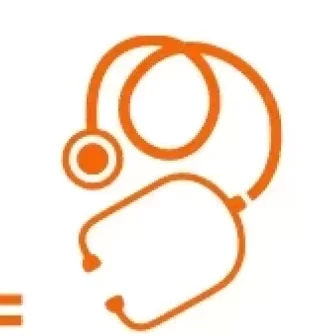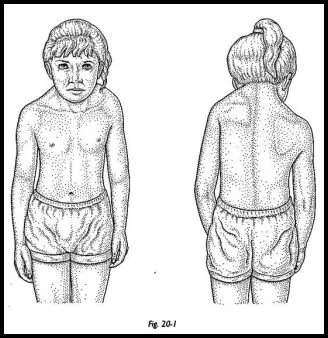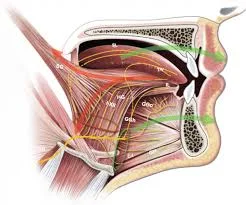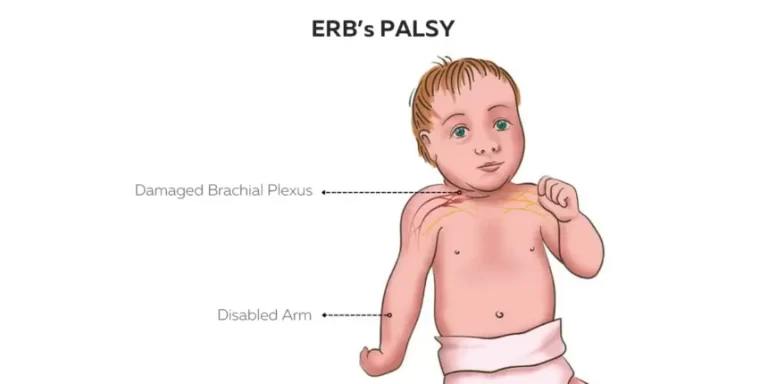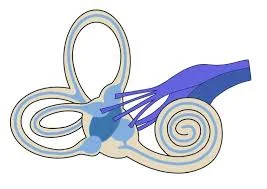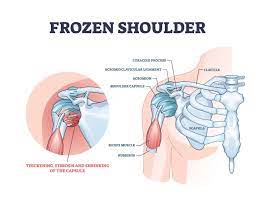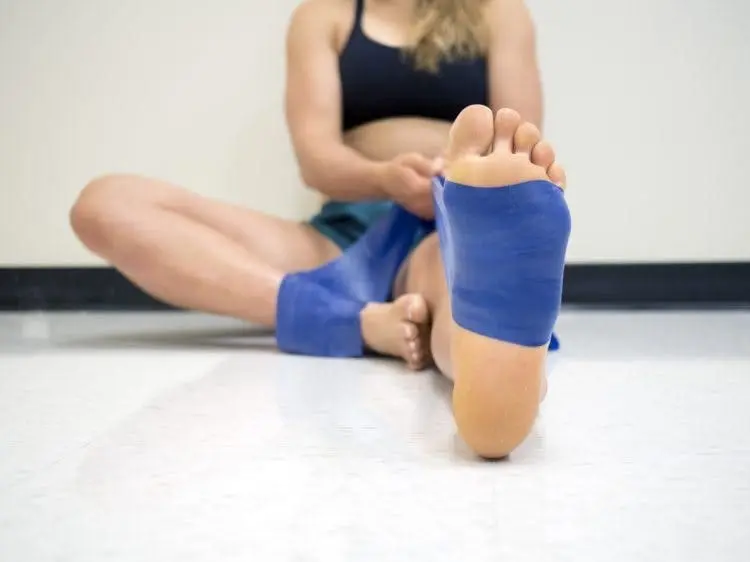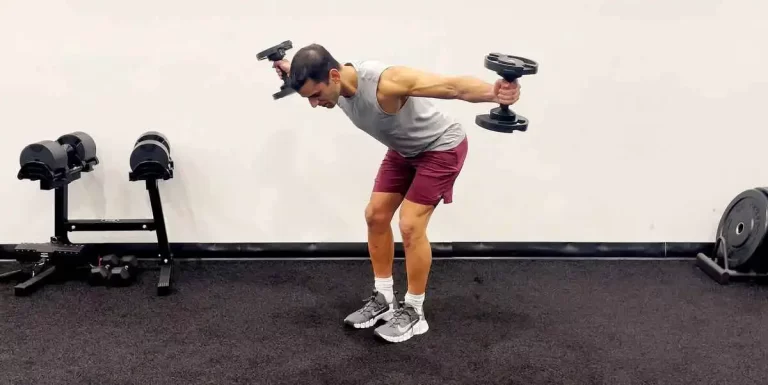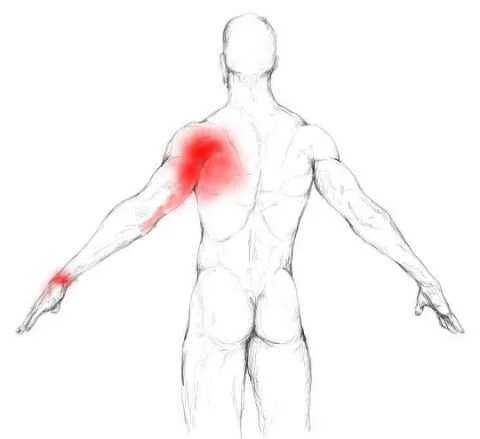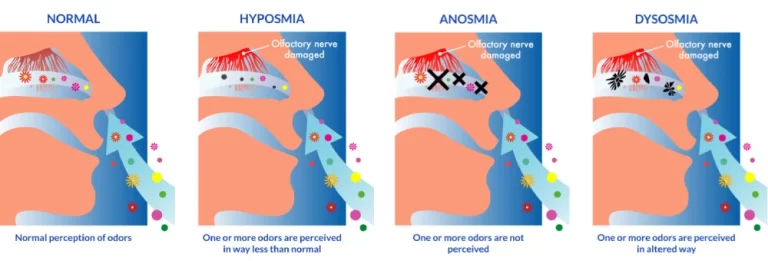Sprengel’s Shoulder Deformity
What is a Sprengel’s Shoulder Deformity? Sprengel’s shoulder deformity, also known as congenital high scapula or congenital elevated scapula, is a rare musculoskeletal anomaly characterized by an abnormally high-positioned shoulder blade (scapula) on one side of the body. It is a rare congenital disorder that affects how the shoulder blade (scapula) develops and is positioned…
